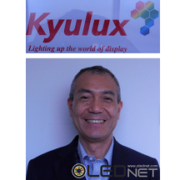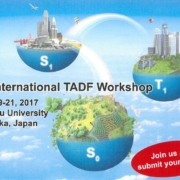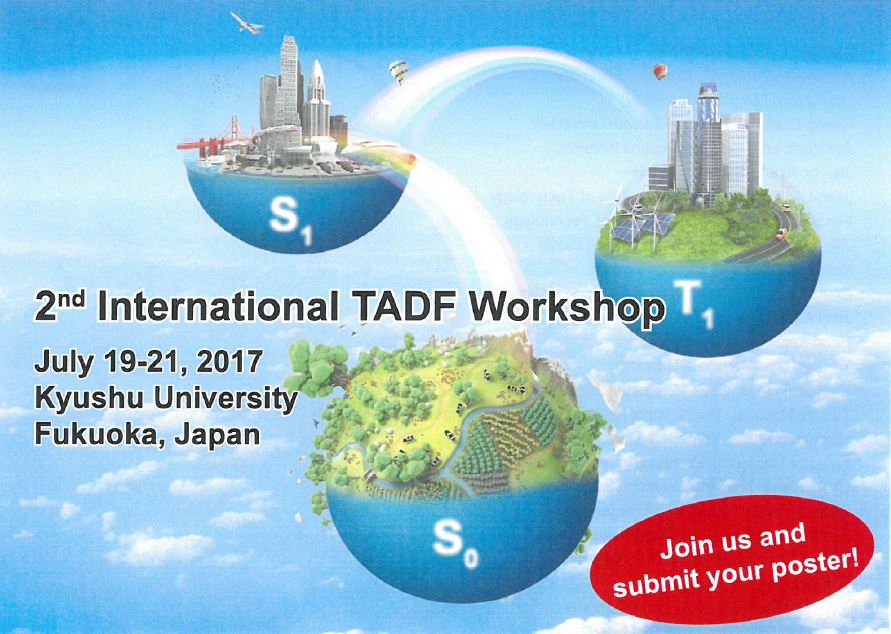The 4th Generation Emitting Material, Hyperfluorescence
Thermally activated delayed fluorescence(TADF), still under development to complement OLED emitting materials insufficient as both fluorescence and phosphorescent materials, takes time to be commercialized at the present stage. Even Kyulux considered the most advanced company in terms of TADF technology hasn’t yet to commercialized TADF dopant suitable for display.
Adachi, CTO of Kyulux said the unprepared TADF host material is an obstacle to the commercialization of TADF, so the full width at half maximum of emitting peak is too wide to be applied to display. To solve this problem, the 4th generation hyperfluorescence is under development to commercialize the TADF material.
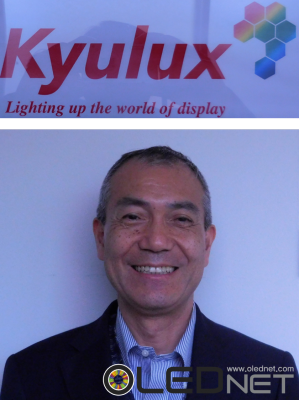
<Kyulux CTO Adachi>
Hyperfluorescence aims at having the effect of a phosphorescent material by adding TADF dopant to existing fluorescence host and dopant.
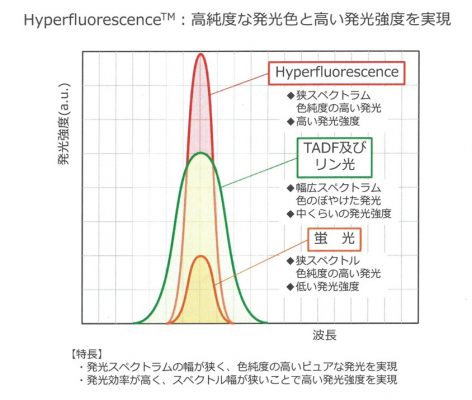
<Hyperfluorescence Effect>
This effect has a structure that can solve both the full width at half maximum of TADF and the low brightness of fluorescence materials as seen in the above figure, Adachi emphasized.
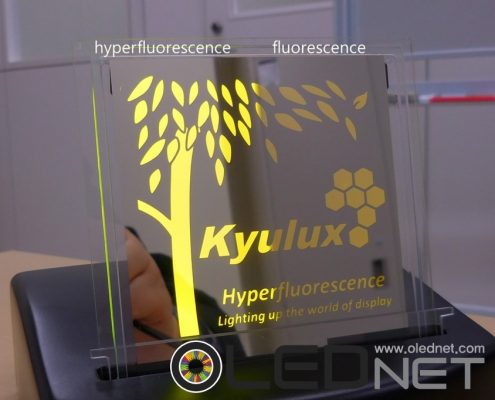
<Hyperfluorescence vs General fluorescence>
As seen in the above photo, Kyulux’s OLED made of general green fluorescence material and OLED made of hyperfluorescence by adding TADF to this material have a distinct difference on the same substrate.
Kyulux’s goal is to commercialize hyper fluorescence by 2017. Its target is PMOLED.

